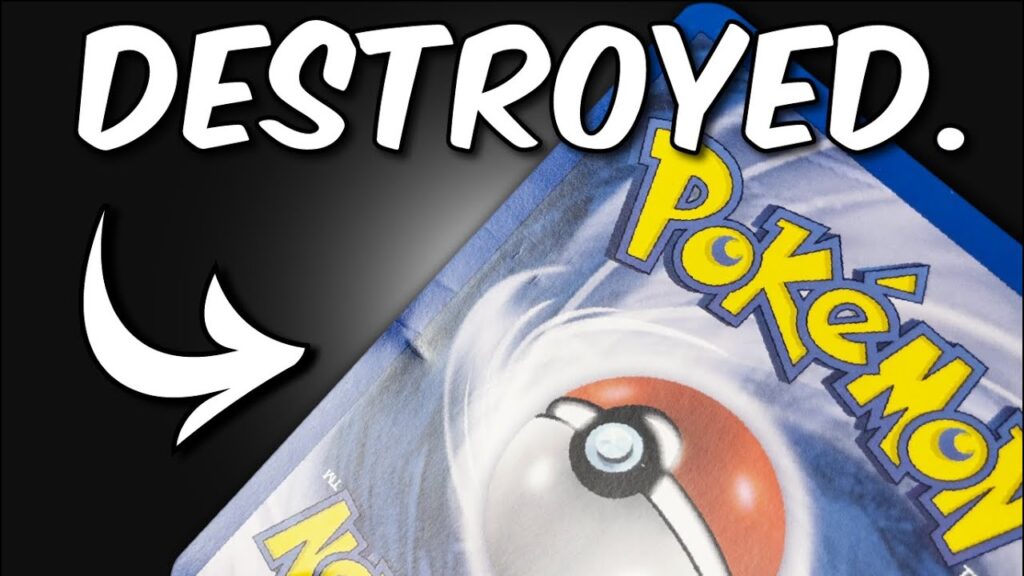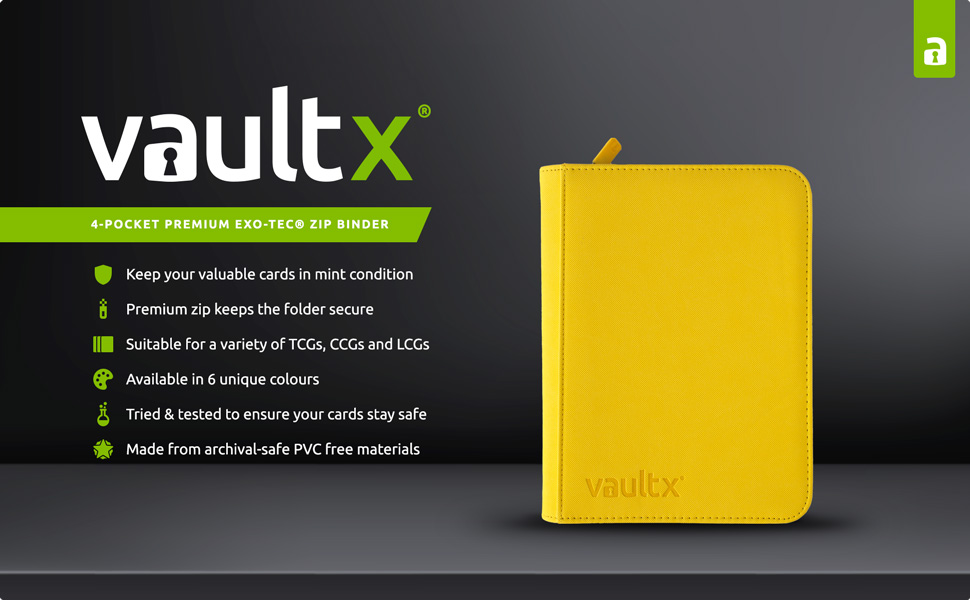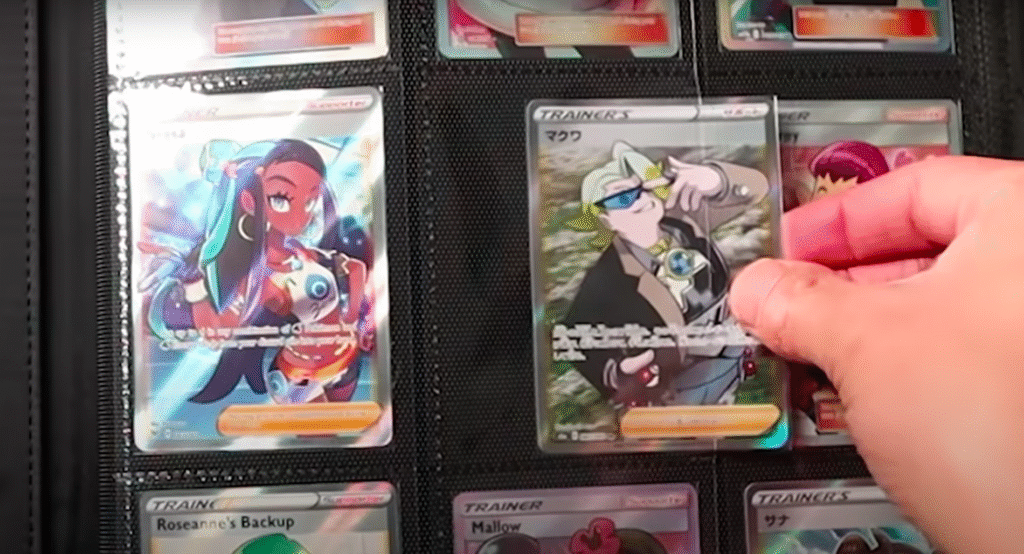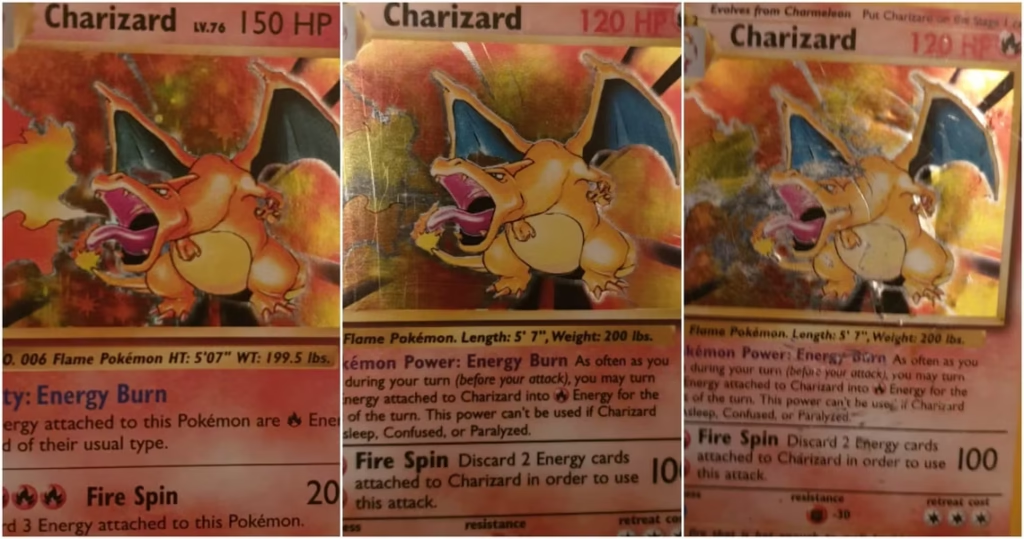How Poor Binder Choices Can Damage Your Pokémon Cards
Learn why certain binder types and practices put your card investment at risk—and what collectors now prefer.

1. Ring Binders Can & Do Dent or Bend Cards
Collectors refer to this as binder bite: small creases or gentle inward indents on the card edge caused by the binder rings pressing or snagging cards over time.
Round “O‑ring” or three‑ring binders are especially prone to this. When pages shift—even slightly—the cards nearest the rings absorb that pressure. This is a common and well-documented issue among collectors.
For collectors seeking top protection, Vault-X’s zippered side-loading binders are a favorite for keeping cards safe and organized— check them out here.
“Ring binders can indent your cards closest to the rings … binder dings are a type of damage … cards can get stuck between the rings.”
“All the cards near the rings were dented and showed damage after prolonged storage.”

2. Even D‑Ring Binders Can Warp Cards if Misused
While D‑ring binders are better than O‑ring for reducing pressure, overfilling them or storing vertically without full pages still risks bending, particularly at page edges. Many users notice lower-row cards becoming slightly warped or curled over time.
“I have been storing all my rares in a binder … lower row of cards started bending … I’m using UltraPro pages in a regular ring binder.”

3. Some Bindings Don’t Fit Common Sleeves—Causing Pressure and Edge Damage
Many toploading or ringed binders have tight pocket spacing. If your penny sleeve plus perfect-fit combo doesn’t snugly match that spacing, cards will press onto each other or on the page edges, causing warping or edge damage.
Users have reported that certain binders simply don’t accommodate thicker sleeves resulting in bent edges or crunched pockets. This problem is compounded when combining soft sleeves with rigid pages.
4. Inverted or Upside-Down Use Can Lead to Cards Falling Out
Binders with top-loading pockets allow cards to slip out easily if the binder is inverted—even momentarily. That risk is especially high if you carry the binder upside-down in a bag or shelf. Side-loading pages eliminate that issue entirely.

5. Uniform, Clean, Stackable Binder Storage Prevents Stress
Using mismatched or overstuffed binders creates internal strain and visible warping over time. Collectors often report that a neat stack of uniform zippered binders (e.g., Ultra Pro, Vault-X) keeps pages flat, evenly filled, and preserves inner peace and organizational feel.
Many collectors swear by Vault-X for their durable, clean designs that protect cards while keeping collections neat. You can find Vault-X binders and sleeves here: Vault-X Trading Card Accessories.
Other Consistently Shared Collector Warnings
- Pages that slide around can press cards against rings and damage them.
- Small inner-column pocket spaces (near rings) are most vulnerable and often show early warping. Users recommend leaving them empty or using ringless binders.
- Cheap plastic pages (PVC or soft film) may stick to cards, causing lifting or glue-like residue and eventual discoloration. Ultra Pro Platinum pages are consistently praised for avoiding this.
💡 Bonus: Tips to Protect Cards in the Binder
We recommend Vault-X’s side-loading zip binders and premium sleeves, known for their perfect fit and protection. Grab yours here: Shop Vault-X binders & sleeves.
- Choose zippered, ring-free binders with side-loading pages (e.g., Ultra Pro or Vault-X).
- Only use D-ring binders if you must—but never overfill or handle roughly.
- Store binders flat or with the spine up so pages hang evenly—never stacked horizontally.
- Ensure sleeve/binder fit is precise—no wobble, no cramming.
- Leave the inner column or front/back few pockets empty for added protection.
Card safety isn’t just about sleeves—it starts with choosing the right binder setup. Protect your investment with care.


